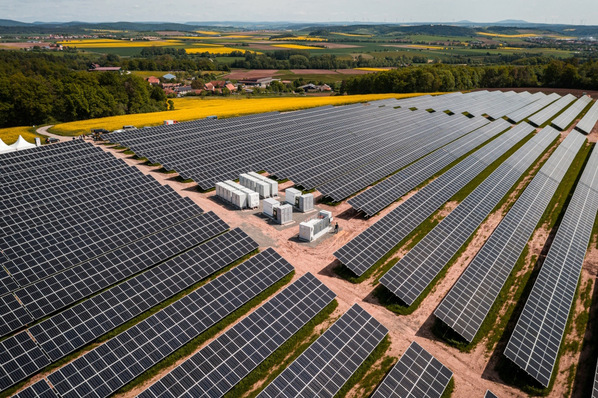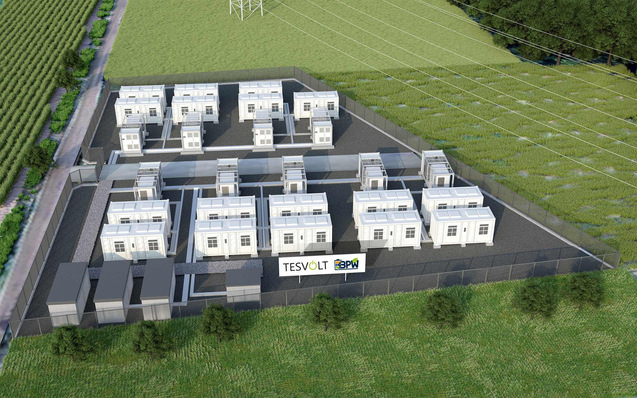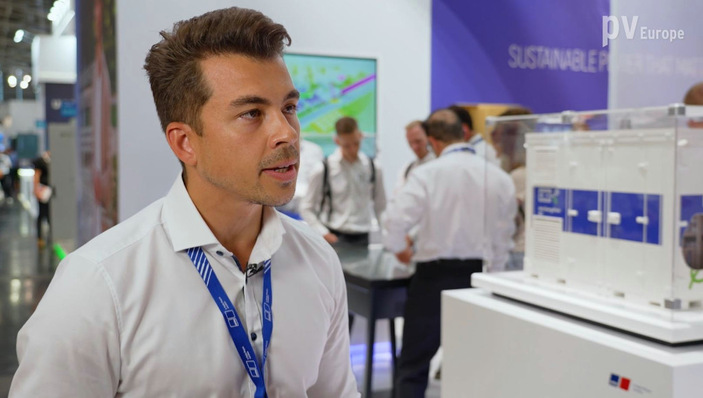Despite the cancellation of ees Europe 2020 and the postponement of ees South America 2020 due to COVID-19, entrepreneurs will still receive the storage industry’s annual innovation prize, the ees AWARD, for their pioneering solutions and projects. This year, the award ceremony will be held online on June 30 – along with the ceremonies for the Intersolar AWARD and The smarter E AWARD. From mobile and stationary battery and energy storage technologies to components for energy storage systems to battery production technologies, these companies’ innovations are driving the modernization of our energy infrastructure and they have an important role to play in the creation of a flexible and reliable grid system.
Battery and storage system trends
The products nominated for the ees AWARD reflect the current trends in batteries and energy storage systems. The mobile and stationary sectors are becoming increasingly intertwined, as mobile battery modules and systems are increasingly being modified for installation in stationary storage devices – sometimes as a second-use application. Larger storage systems are designed for a wide variety of applications, frequently including grid buffering for high-speed electric vehicle charging stations. There are also many new developments in control systems, energy management and the use of machine learning. Smaller storage systems, meanwhile, are offering increasingly innovative arrangement and cabling schemes in order to make installation and use as simple as possible.
The 2020 ees AWARD finalists
ads-tec Energy GmbH (Germany): The Mobile High Power Charger (MHPC) is a temporary, movable high-speed electric vehicle charging station which can be used, for instance, at events or for short-term expansion of charging capacity. Installed in a semi-trailer, it can charge ten vehicles with an individual capacity of up to 320 kW at the same time and meets the Combined Charging System 2 (CCS2) standard. It offers a storage capacity of 1.9 megawatt hours (MWh). The system itself can be recharged in less than four hours from the 400-volt three-phase current mains with charging power of up to 500 kW.
BayWa r.e. renewable energy GmbH (Germany): Both new and used batteries are utilized in the “hybrid storage system meets AC/DC e-mobility charging infrastructure”. It combines second-life batteries from the Mercedes-Benz Vito (96 kWh) with new Samsung batteries (68 kWh) and has an output of up to 150 kW. The smart dynamic energy management system communicates with four 150 kW direct current high-speed chargers, 32 Mennekes wall boxes and 42 ubitricity wall boxes in the BayWa Tower. The storage system reduces peak loads caused by charging compared to public grid connections, removes the need for grid expansion and increases the charging power available on-site.
BYD Company Limited (China): The Battery-Box Premium is the third generation of this storage device which runs on lithium-iron-phosphate technology. It has been redesigned for greater visual appeal and easier installation. The cells used now have an even greater energy density, meaning that a system with the same storage capacity takes up less space. A wireless electrical and communicative connection is used to stack individual modules. The system can be installed both indoors and outdoors.
FENECON GmbH (Germany): The storage system FENECON Industrial is built into a ten-foot container and offers flexible dimensions. It consists of up to sixteen 41 kWh electric vehicle batteries from BMW, which come with their own heating and cooling systems and guarantee a temperature range of -25° to +50° Celsius in operation. The modular design makes use of 88 kVA inverters and further inverters can be added for a total of up to 704 kVA. The entire container can be transported without being classified as hazardous material. An integrated low-voltage switch gear makes for fast connection to the grid.
instagrid GmbH (Germany): The portable storage solution instagrid BPS has a capacity of 1.7 kWh. It offers 3,680 W continuous output power, 7,200 W for six seconds and 11,000 W for 0.5 seconds. The permissible ambient temperature is between -20° and +60° Celsius. The manufacturer has designed this storage system in particular for use in construction with devices that cannot currently run on their own batteries and require a solid grid connection. The system can be fully recharged in four hours via a normal grid connection and is available for purchase or to rent.
LG Chem, Ltd. (South Korea): The New RESU Modular domestic storage system is built around the new LG Chem cell JS 1 and can be expanded from 8.6 kWh to 17.2 kWh. The modules are connected by a single cable which encapsulates the data line as well as power connections. As high-voltage modules, they do not require any internal DC converters, can be used with alternating current or direct current in conjunction with the appropriate inverter, and meet all applicable safety standards. The attractively designed modules can be transported individually and connected at the installation site.
Pylon Technologies Co., Ltd. (China): The PowerCube-H1 modular high-voltage storage system is equipped with lithium-iron-phosphate cells. It can be expanded and the modules can be replaced even during operation. The system can run at temperatures between -10° and +50° Celsius and is certified for high humidity and earthquakes measuring up to 9 on the Richter scale. It also meets the IEC 62619 and VDE ARE E 2510-50 standards. The battery management system enables automated detection and configuration of the modules used.
volytica diagnostics GmbH (Germany): volytica diagnostics offers “battery diagnosis as a service”, which involves automatically recording the operating data of battery applications without the need for additional sensors and processing these data using cloud computing and VDX Engine. The company monitors for its customers the load of battery systems and how they age. This enables more in-depth analysis and a range of different visualizations of the operation and ageing process of the batteries via a cockpit and dashboard.
Webasto SE (Germany): The customizable CV Standard Battery System uses Samsung SDI cells designed for vehicles, offers integrated liquid cooling with low pressure loss, and can be configured for 400-volt and 800-volt applications. This makes it quick and easy for commercial vehicle manufacturers to configure and purchase systems for their electric vehicles’ traction batteries, even in small batch numbers. Webasto’s systems meet all applicable standards for vehicle construction.
ZnR Batteries SAS (France): Zinium, the company’s rechargeable zinc-air battery for stationary applications, is safe and environmentally friendly. It is 95 percent reusable and available from 20 to 200 kWh. Two years from now, the product should cost around 200 euros per kWh – less than that of lithium-ion batteries. Prototypes have been undergoing real-world testing since 2019. (hcn)







